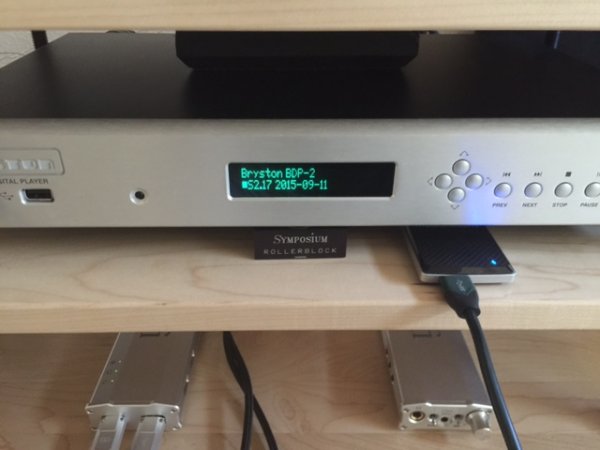I have a modest digital library of about 7 TB's of data which previously were stored on three external hard drives. These I have recently moved to an NAS Server. I use a Mac with JRiver as the player. I use the Playback Designs USB-X box to communicate between my Mac Desk Book Pro and my Playback Designs MPS-5. Life was good until late last week when I wanted to play some music via the NAS. I had gone to bed the previous evening having listening through the above mentioned gear with no problems. I did experience a problem when the USB-X box slipped off my rack shelf and was hanging by the side of the shelf by the optical glass wire. Worried I turned everything on and much to my dismay my computer could not see the USB-X box nor could JRiver. This went on all this past weekend. regardless of whatever I did to correct the problem. I even drove 30 miles to the closest Fry electronics to buy a new set of glass cables with the thought that I broke the cable when the box slipped from rack shelf. Couldn't wait to get home to install the new cable only to find out that this did absolutely nothing. I was clueless. As a result I phoned Andreas Koch to find out what I did and what I can do to fix the problem as I thought perhaps the box was broken. It took me over an hour to get through as Andreas' line was busy. He returned my call and I explained the problem. He asked me if I run a Mac to which I said yes. He then asked if I noticed the problem 4 days ago after I upgraded to OS El Capitan to which I said yes. Andreas said his line was busy because he is getting calls from Mac users all over the world who have updated to El Capitan and had the same problem as I did. The short story is that El Capitan does not support USB-X whereas Yosemite does. Now to uninstall El Capitan and go back to Yosemite is not impossible but takes a bit of work. Interestingly the internet is filled with hits on people who want to uninstall El Capitan and revert to Yosemite.
So if you're running a MAC with your Playback Designs USB-X box don't update to El Capitan or be prepared ........
So if you're running a MAC with your Playback Designs USB-X box don't update to El Capitan or be prepared ........


